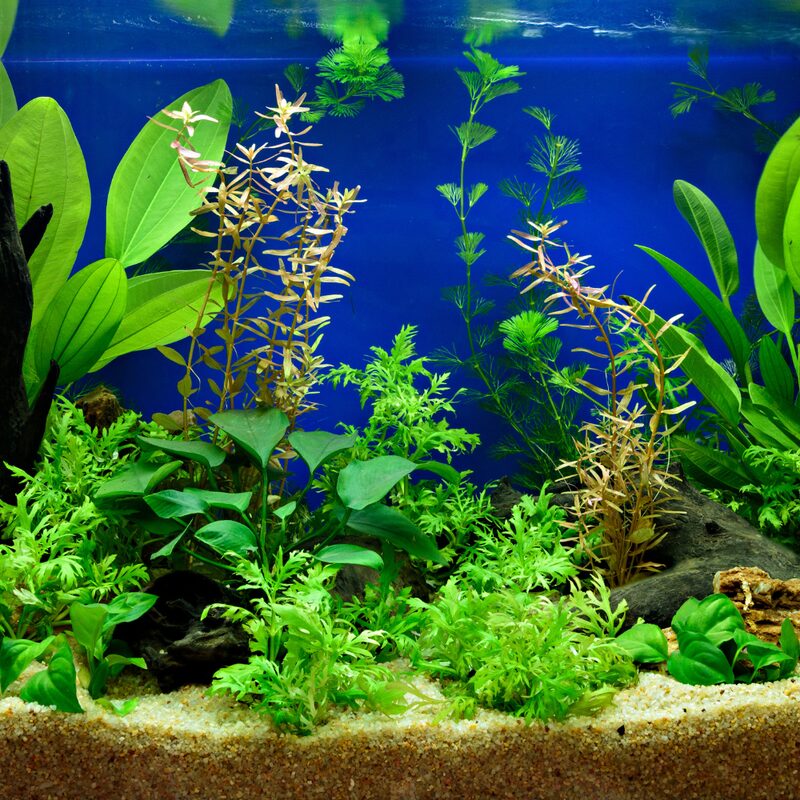-
×
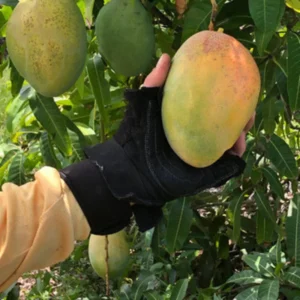 Grafted Pineapple Pleasure Mango, 3 Gallon Pot
$119.98
Grafted Pineapple Pleasure Mango, 3 Gallon Pot
$119.98 -
×
 Grafted Lemon Meringue Mango, 3 Gallon Pot
$134.98
Grafted Lemon Meringue Mango, 3 Gallon Pot
$134.98 -
×
 4 Red Abutilon Plants Live - Hanging Lantern Trailing Plants - 3-6 Inch Plugs
$43.99
4 Red Abutilon Plants Live - Hanging Lantern Trailing Plants - 3-6 Inch Plugs
$43.99 -
×
 Grafted Mun Kun Si Mango, 3 Gallon Pot
$134.98
Grafted Mun Kun Si Mango, 3 Gallon Pot
$134.98 -
×
 Murcott Tangerine Tree Live Plant, Large Live Murcott Tangerine Plant From 2 Feet Tall, Tangerine Fruit Tree Live Plant 3 Feet Height Feet Including Pot Tall
$126.98
Murcott Tangerine Tree Live Plant, Large Live Murcott Tangerine Plant From 2 Feet Tall, Tangerine Fruit Tree Live Plant 3 Feet Height Feet Including Pot Tall
$126.98 -
×
 Grafted Ice Cream Mango, 3 Gallon Pot
$119.98
Grafted Ice Cream Mango, 3 Gallon Pot
$119.98
Guide
Top 10 Best Tips for Growing Tomatoes at Home
Have your tomatoes ever turned out bland, cracked, or just refused to grow altogether? You’re not alone. Growing tomatoes at home can feel frustrating, especially when you’re putting in time, energy, and love but ending up with tiny, tasteless fruit. Don’t worry—I’ve been there.
In this post, I’ll walk you through the 10 best tips for growing tomatoes right in your backyard, patio, or even on a sunny balcony.
Whether you’re a beginner gardener or someone who’s tried (and failed) a few times, this guide is packed with practical advice to help you avoid common mistakes and grow tomatoes you’ll actually be proud of.
1. Choose the Right Tomato Variety for Your Space
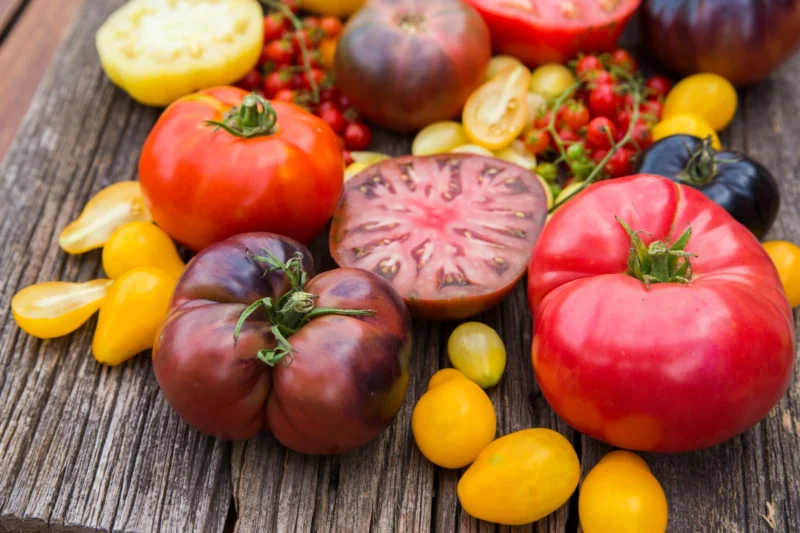
Not all tomato plants are created equal. One of the biggest beginner mistakes? Picking the wrong variety for your space.
If you’re short on space or growing in containers, go for cherry tomatoes, Roma, or determinate varieties like ‘Bush Early Girl’. They stay compact and don’t sprawl everywhere.
If you’ve got room to spare, indeterminate tomatoes like ‘Brandywine’ or ‘Beefsteak’ grow tall and keep producing all season long.
Also, choose based on your USDA hardiness zone to make sure your tomato plants thrive in your climate. This one decision can significantly affect your success.
>>> Read more: Discover the Best Tomato Varieties for Your Garden
2. Sunlight: Tomatoes Are Sun Worshippers

Tomatoes absolutely love the sun. For sweet, juicy fruit, you need at least 6-8 hours of direct sunlight every day. There really are no shortcuts here. If your outdoor space doesn’t get that much light, consider using grow lights, especially if you’re trying to grow tomatoes indoors or on shaded balconies.
Insufficient sunlight leads to leggy plants and poor fruit development. If you notice your tomato plants are stretching toward the light, it might be a sign that they’re not getting enough sun. Rotate your containers if necessary to maximize sun exposure throughout the day.
3. Soil Health Is Everything
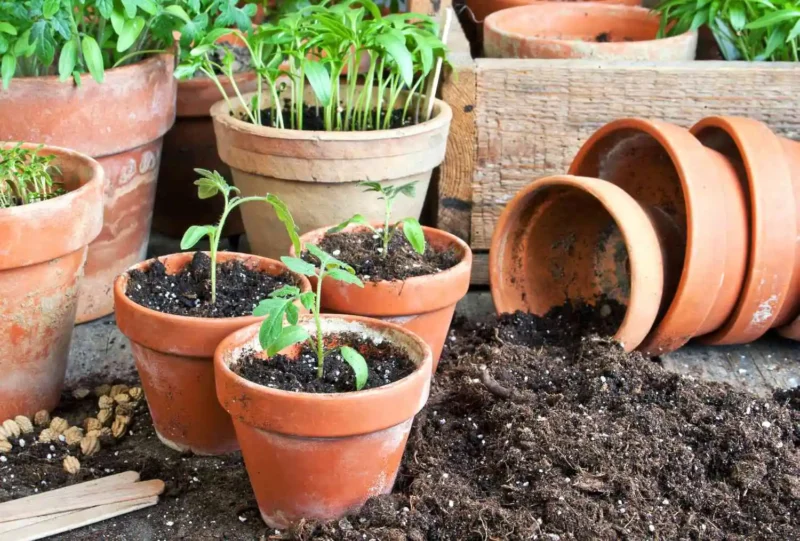
Your tomatoes are only as healthy as the soil they grow in. This is where it all begins. Use well-draining, loamy soil rich in organic matter. A mix of compost, peat moss, and perlite creates the ideal texture and nutrients for your tomato roots to spread and thrive.
Aim for a soil pH between 6.0 and 6.8. You can buy a simple soil pH test kit at your local garden center or online. If your soil is too acidic or alkaline, it can affect nutrient uptake and stunt plant growth. Starting with an organic tomato potting mix is a safe and effective way to begin if you’re unsure about your soil quality.
Healthy soil helps your plants fight off pests, absorb nutrients more efficiently, and ultimately produce tastier tomatoes. It’s worth investing a little time upfront.
>>> Read more: 3 Essential Steps for Soil Preparation
4. Plant Deep for Stronger Roots
Here’s a pro tip that many new gardeners miss: bury your seedlings deeper than you think.
Tomato plants are unique in that they can grow roots along their stems. By planting your seedlings deeper—covering about two-thirds of the plant, including part of the stem—you’re encouraging a stronger, more robust root system.
A strong root system means the plant can absorb more water and nutrients, resist wind and disease better, and ultimately produce more fruit. This simple planting technique can make a huge difference in your yield.
5. Use Cages or Stakes Early On
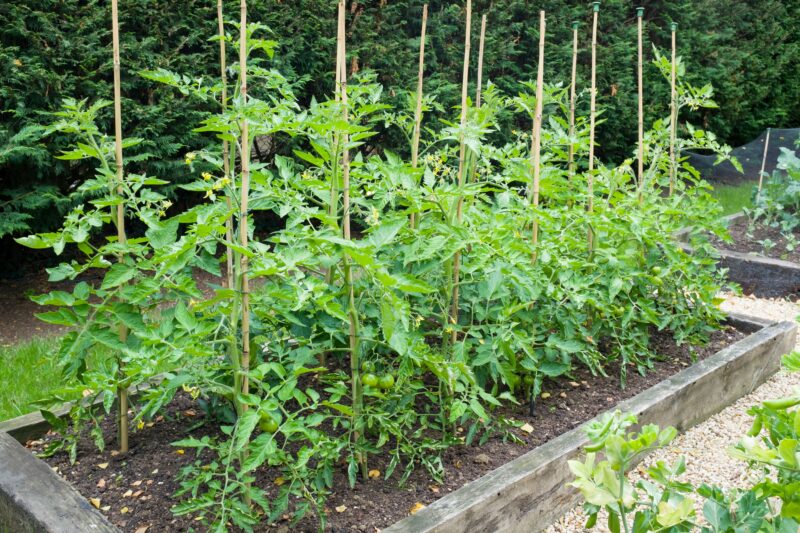
Support your plants from day one. Don’t wait until they’re floppy, tangled, and falling over. Use tomato cages, stakes, or trellises to keep them upright.
This support structure improves airflow, helps prevent fungal diseases, and makes harvesting a whole lot easier. For indeterminate varieties, vertical staking or using a strong trellis gives them the room they need to grow upward and stay organized.
Start with support when the plants are still young. It’s much easier to install a cage or stake before the plant becomes large and unruly.
6. Water Deeply, Not Just Often

Forget shallow watering. Tomatoes need deep, consistent watering to develop juicy fruit and avoid common problems like blossom end rot.
Water your plants 2-3 times per week depending on the weather, and focus on soaking the root zone rather than the leaves. Using drip irrigation or a soaker hose helps keep the moisture level consistent without oversaturating the soil.
Morning watering is ideal, as it allows any excess moisture on the leaves to evaporate during the day, reducing the risk of fungal infections.
7. Feed Them Right
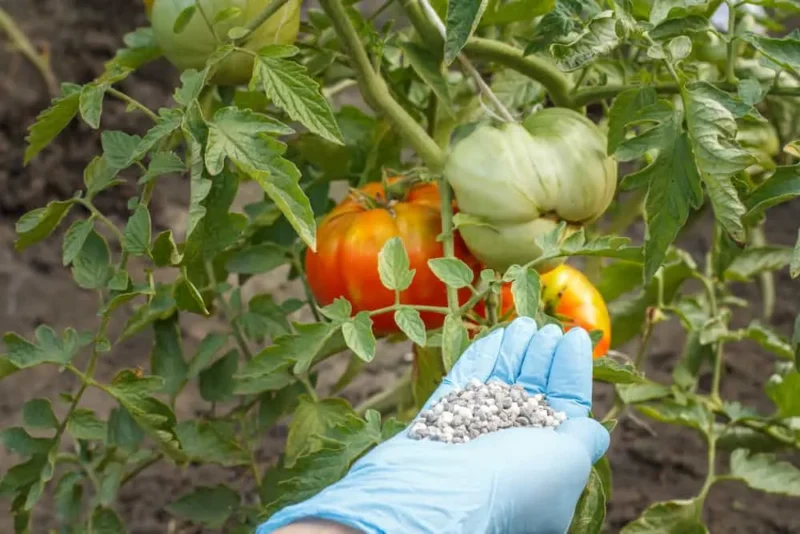
Tomatoes are heavy feeders and need the right nutrition to produce those juicy fruits we all crave.
Use a balanced fertilizer or a tomato-specific blend that includes nitrogen (N), phosphorus (P), and potassium (K). Composted manure, worm castings, or fish emulsion are great organic options that also improve soil health over time.
Be careful with nitrogen. While it encourages leafy growth, too much nitrogen can result in lush foliage and few fruits. A slow-release fertilizer or regular feeding with organic tomato food helps maintain balanced nutrient levels throughout the growing season.
8. Prune for Productivity

Not everyone prunes their tomato plants, but it’s a simple technique that can lead to healthier plants and better yields.
Pruning means removing suckers—those small shoots that grow in the joint between the stem and a branch. These suckers can take energy away from fruit production and lead to overcrowded, tangled plants.
For indeterminate tomatoes especially, regular pruning helps control growth, improve airflow, and boost fruit production. Don’t worry about being perfect. Just make it a habit to check your plants weekly and remove excessive growth.
9. Watch for Pests and Diseases
Aphids, hornworms, and tomato blight are some of the most common problems gardeners face.
Check your plants regularly, especially under the leaves where pests love to hide. If you spot bugs, remove them by hand or spray them with neem oil or insecticidal soap. These are safe for organic gardening and won’t harm pollinators like bees.
Disease prevention starts with good spacing and proper watering. Avoid watering from above, as this spreads fungal spores. Also, rotate your crops each year and avoid planting tomatoes in the same spot every season.
10. Harvest at the Right Time
Harvesting at the right moment is crucial. Tomatoes are ready when they are fully colored and slightly soft to the touch. If they stay too long on the vine, especially after rain, they may split or lose flavor.
Pick your tomatoes regularly to encourage more fruit to grow. Once picked, store them at room temperature. Never refrigerate fresh tomatoes—cold temperatures ruin their texture and flavor.
Bonus Tip: Keep a Garden Journal
One of the best things I’ve done to improve my gardening success is keeping a journal.
Write down what varieties you planted, when you planted them, what worked, and what didn’t. Include notes on pests, harvest dates, and even the weather. Over time, you’ll notice patterns and develop your own personal guide to growing better tomatoes.
It’s like having a conversation with your future self every gardening season.
Final Thoughts: You Can Do This
Tomatoes can be a bit tricky, especially at first. But they’re also one of the most satisfying and delicious crops you can grow at home.
With a bit of patience, the right knowledge, and these 10 tomato care tips in your gardening toolkit, you’ll be well on your way to harvesting juicy, flavorful tomatoes that are better than anything from the store.
Got questions or want more gardening tips? Check out my guide on Container Gardening for Beginners and How to Grow Tomatoes at Home.
Happy growing!

 Grafted Lemon Meringue Mango, 3 Gallon Pot
Grafted Lemon Meringue Mango, 3 Gallon Pot  4 Red Abutilon Plants Live - Hanging Lantern Trailing Plants - 3-6 Inch Plugs
4 Red Abutilon Plants Live - Hanging Lantern Trailing Plants - 3-6 Inch Plugs 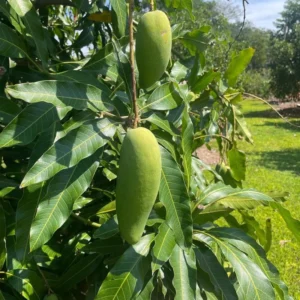 Grafted Mun Kun Si Mango, 3 Gallon Pot
Grafted Mun Kun Si Mango, 3 Gallon Pot 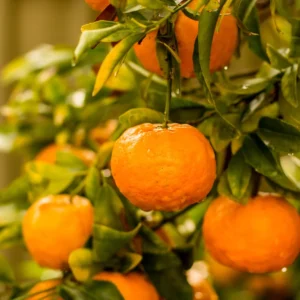 Murcott Tangerine Tree Live Plant, Large Live Murcott Tangerine Plant From 2 Feet Tall, Tangerine Fruit Tree Live Plant 3 Feet Height Feet Including Pot Tall
Murcott Tangerine Tree Live Plant, Large Live Murcott Tangerine Plant From 2 Feet Tall, Tangerine Fruit Tree Live Plant 3 Feet Height Feet Including Pot Tall  Grafted Ice Cream Mango, 3 Gallon Pot
Grafted Ice Cream Mango, 3 Gallon Pot 


